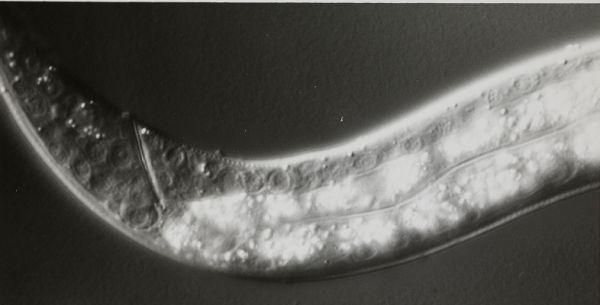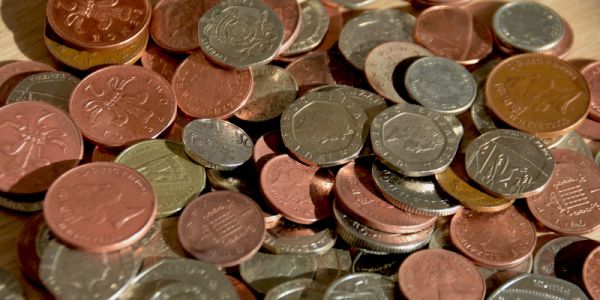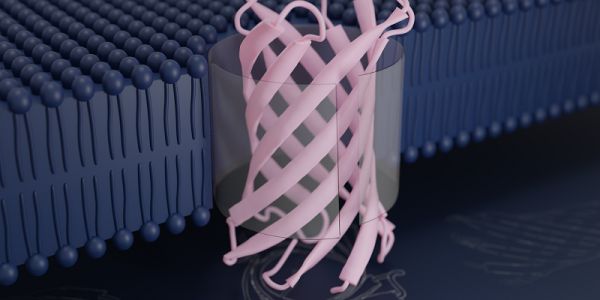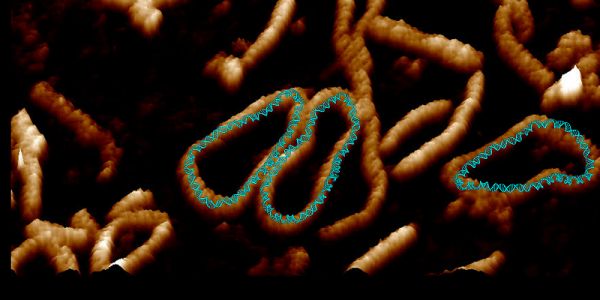
Energy switching decisions could widen social inequalities
New energy tariffs designed for a low carbon future could leave people on bad deals even worse off, research has found.

New energy tariffs designed for a low carbon future could leave people on bad deals even worse off, research has found.

Scientists have taken a significant step forward in their search for the origin of a progressive eye condition which can cause sight loss.

The International Medieval Congress (IMC), one of the biggest academic conferences taking place online in the world this year, is to take climates as its theme.

Researchers have mapped the physical organisation of the brain of a soil-living nematode worm, creating a new model for the architecture of the animal’s brain.

Glaciers in West Antarctica are moving more quickly from land into the ocean, contributing to rising global sea levels.

A £4 million research project will develop a new generation of artificial joints that last longer, produce fewer side effects and are better suited for younger people.

The benefits system needs to change in order to properly support claimants during and after COVID-19, a major national research project has concluded.

A blanket ban on the trade of wild meat could create risks for nature and for human health, according to a new study.

Scientists at Leeds are part of an international collaboration that has designed a protein that self-assembles into an artificial pore.

Videos showing for the first time how small circles of DNA adopt dance-like movements inside a cell have been developed by researchers in Yorkshire.